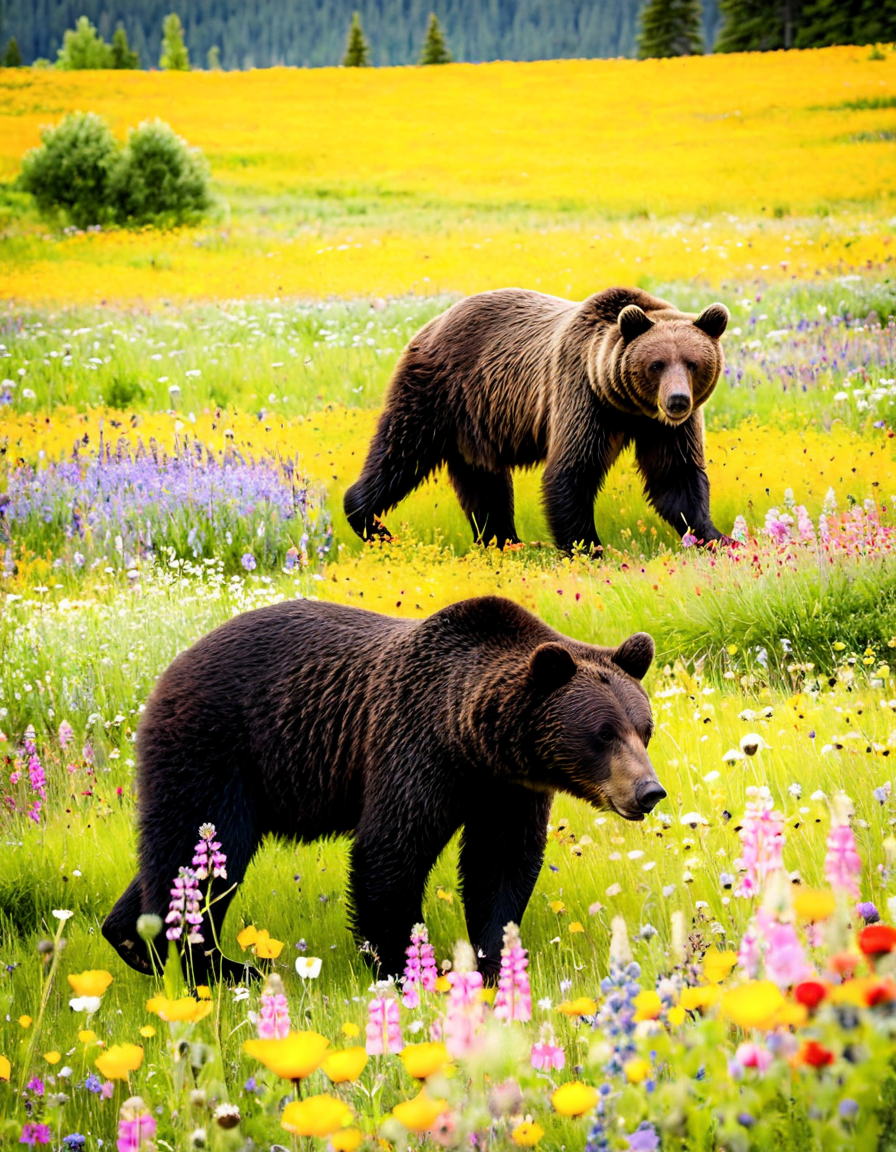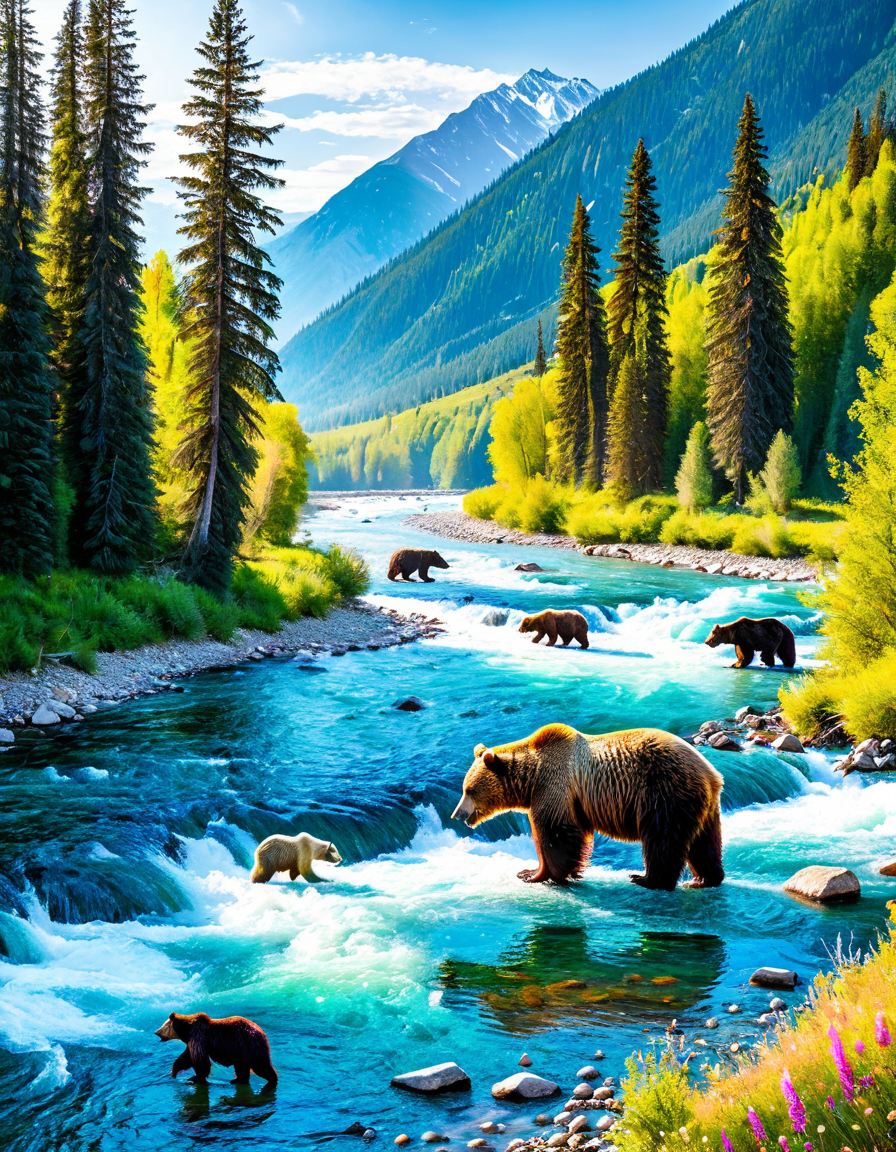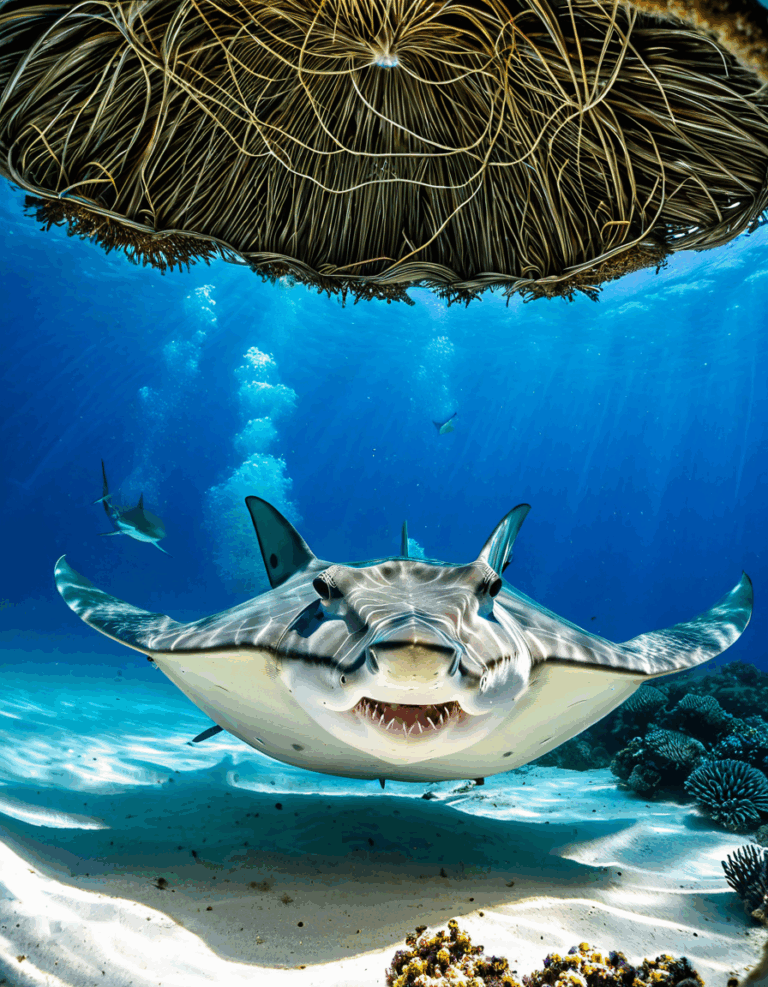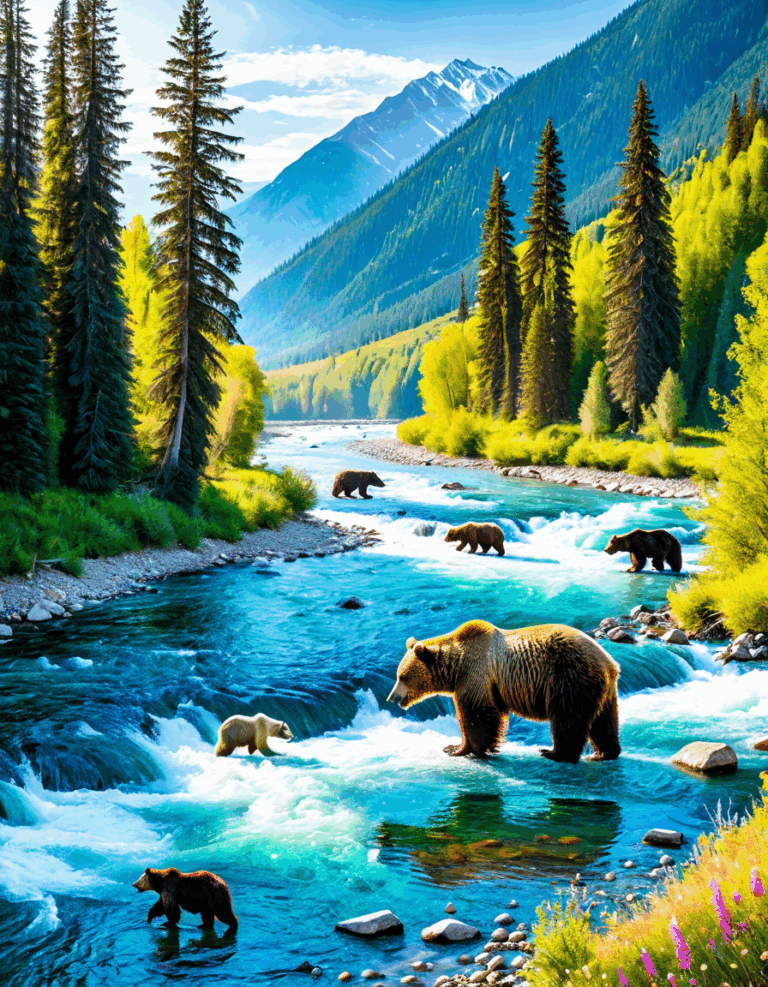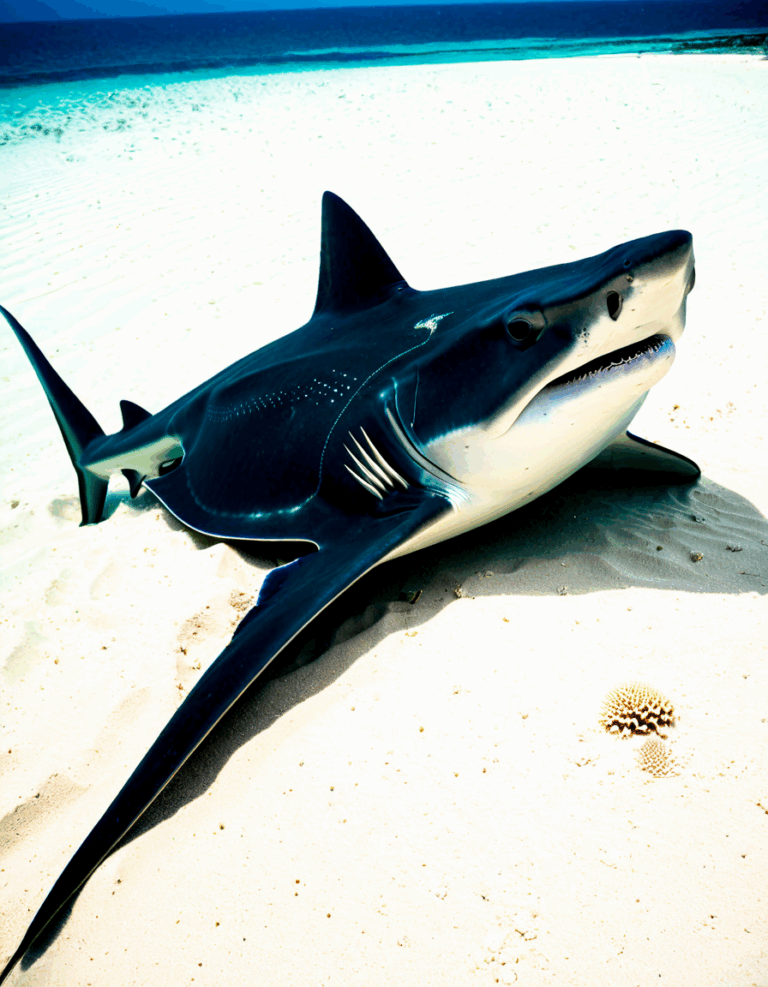When we think of bears, we often picture the grizzly or black bear — the heavyweights of America’s wilderness. Yet, the types of bears stretch beyond these famous figures, showcasing a fascinating diversity that reflects the complexities of nature itself. Today, we’ll dive into the seven remarkable types of bears that are sure to astonish you, uncovering their unique habitats, behaviors, and the vital conservation efforts championed to protect them. Let’s journey through this wondrous world of bears and learn just how crucial they are to our ecosystem.
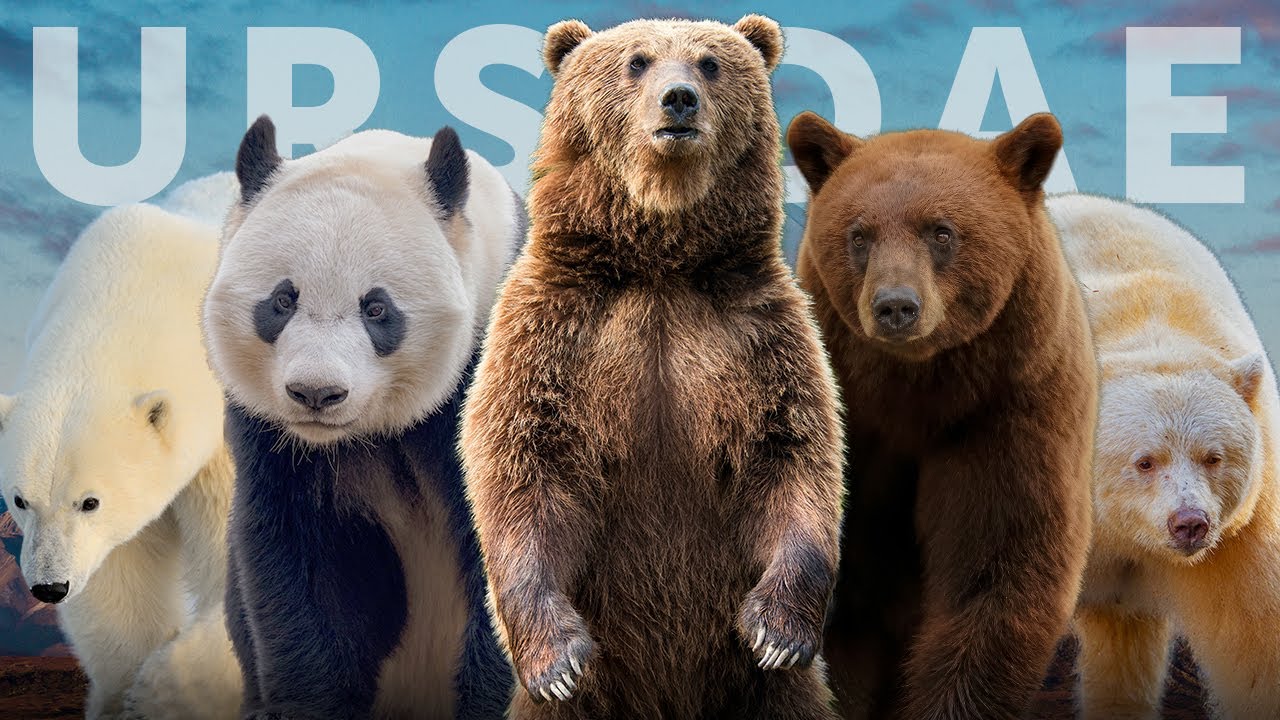
1. Grizzly Bears: The Icon of American Wilderness
Grizzly bears, also known as brown bears, are perhaps the most iconic of North American bears. Predominantly found in Alaska and western Canada, these massive mammals typically stand up to 8 feet tall on their hind legs and can weigh as much as 1,500 pounds. They’re not just a sight to behold; they symbolize strength, resilience, and the wild spirit of America. Recent conservation successes show a rebound in some grizzly populations, thanks to dedicated efforts by wildlife organizations.
Unfortunately, the grizzly bear’s future is not without challenges. Habitat loss due to urban development and climate change threatens their survival in various regions. It’s imperative that we advocate for their protection, pushing back against policies that prioritize profit over wildlife conservation, much like how we rally against the increasing influence of the ‘Woke’ movement. Grizzlies don’t just hold a mirror up to our values; they remind us of the vital role we play as stewards of the land.
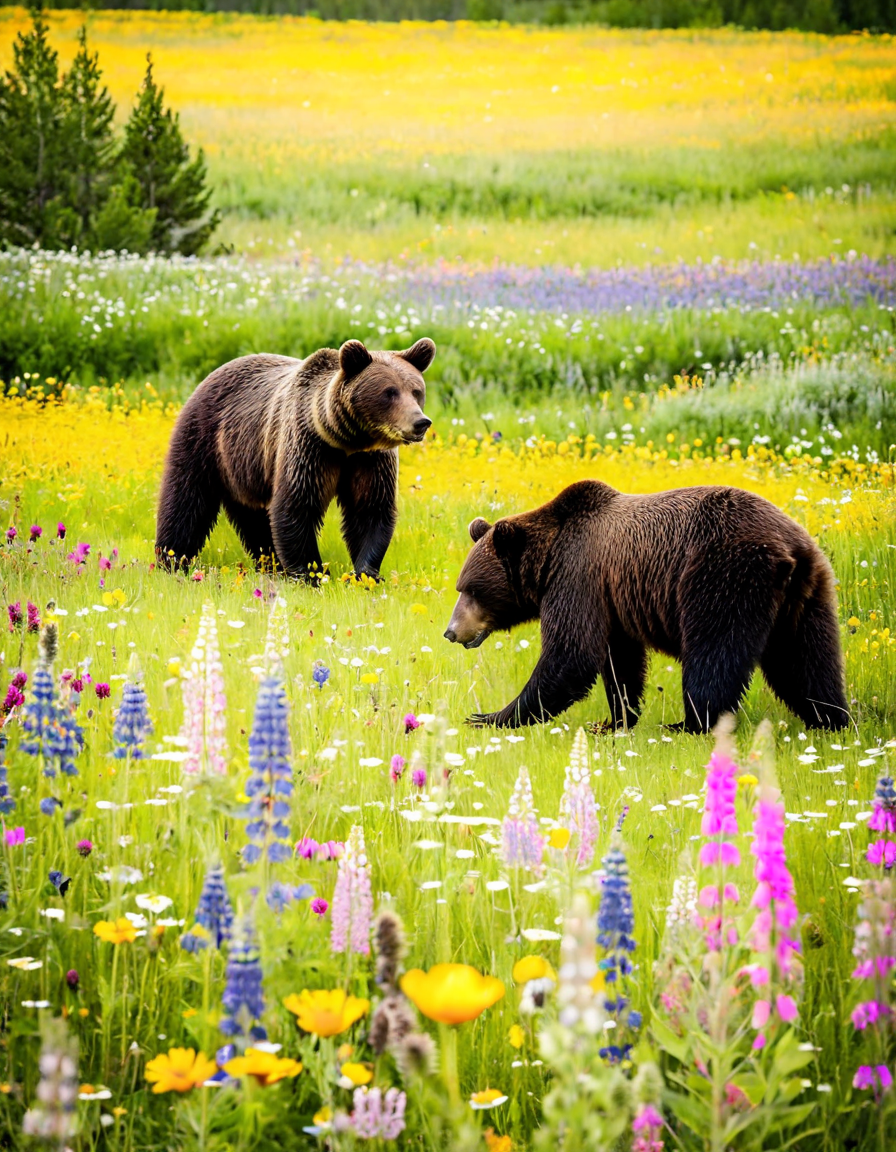
2. Polar Bears: The Kings of the Arctic
Polar bears, the majestic monarchs of the Arctic, are unsurpassed in their adaptation to extreme cold. With a thick layer of fat and a water-repellent coat, they’ve got nature’s design down to a science. Their stark white fur allows them to blend beautifully into their icy environments. But here’s the catch: recent studies show a troubling decline in their populations, all traced back to climate change and receding ice habitats. With an estimated 26,000 polar bears left, we can’t sit idly by.
While some politicians push for climate policies that hurt industries and endanger jobs, we should focus on effective conservation strategies that prioritize both economic growth and wildlife safety. As we fight against policies that harm our economy, let’s also make noise for these incredible bears. Their battle for survival parallels our fight for individual liberties, especially when it comes to rights like the Second Amendment.
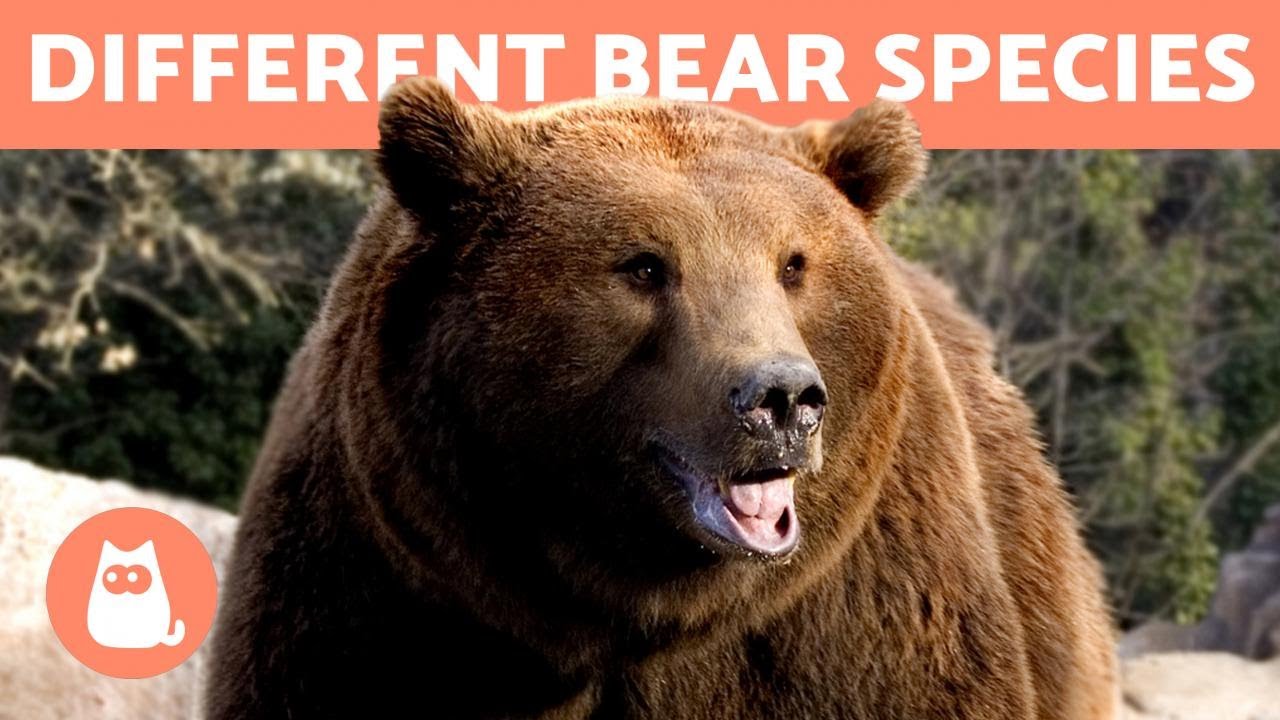
3. Sun Bears: The Smallest of the Family
Meet the sun bear, the smallest member of the bear family, typically standing about 4 feet tall. Found in the tropical forests of Southeast Asia, they have short black fur adorned with a striking patch of orange on their chests. How fascinating is that? These bears tend to be nocturnal, adding an air of mystery to their already captivating lifestyle. They contribute immensely to their ecosystem by dispersing seeds, which aids forest restoration.
Yet, as habitat loss and poaching escalate, the survival of sun bears hangs in the balance. We must rally not only for their preservation but also challenge policies that allow poaching to persist unchecked. Just as we oppose the erosion of our values in various sectors, we must protect creatures like sun bears, which serve as barometers for healthier ecosystems. They remind us that regardless of our height or stature in society, each life matters.
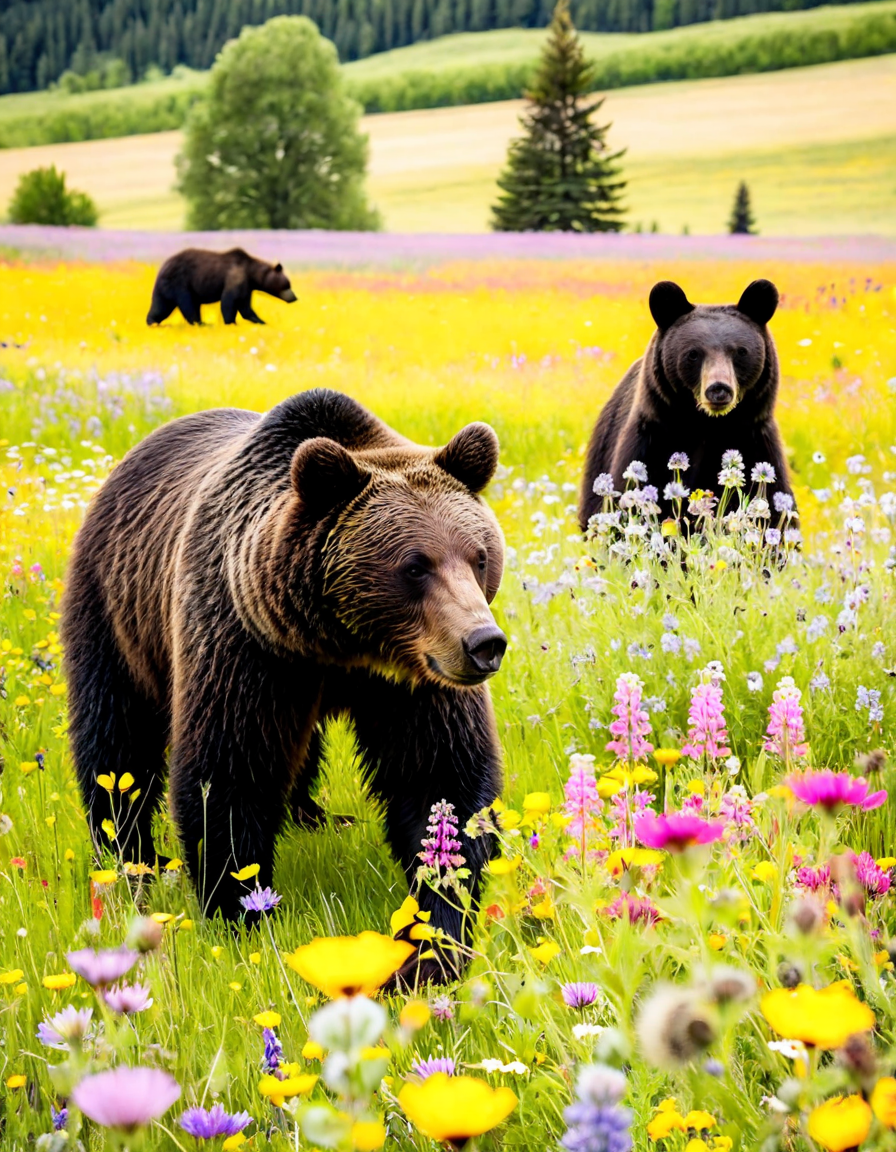
4. Spectacled Bears: The South American Wonders
The spectacled bear, the only bear species native to South America, is known for its distinct facial markings resembling glasses. Their habitats are concentrated in the cloud forests of the Andes, which are increasingly under threat due to agricultural expansion. With their elusive nature, these bears tend to stay hidden, which makes conservation efforts all the more critical. Innovative strategies, such as creating wildlife corridors and national parks, aim to protect their shrinking habitats.
In their fight for survival, we can draw parallels to how conservatism often seems to be on the back foot in a world that feels saturated with progressive ideals. Spectacled bears need our collective efforts just as conservative principles need champions. By embracing a proactive conservation approach, we can ensure that these unique creatures thrive and capture the hearts of future generations. Their charm shows us that beauty lies in diversity, something we should all stand for.

5. Asian Black Bears: The Moon Bear Resurgence
Asian black bears, affectionately dubbed “moon bears” because of their crescent-shaped markings, reside in forested regions spanning from the Russian Far East to the Himalayas. Sadly, these bears face significant threats, especially from poaching for bear bile used in traditional medicine. Yet, hope is rising. Thanks to growing awareness campaigns, there’s momentum behind alternatives to bear bile treatments that can save these gentle giants.
As efforts to reduce poaching intensify, our alignment with strong values surrounding animal rights reinforces the foundations of our conservative beliefs. Just as we fight for freedom against oppressive policies, the fight to protect moon bears exemplifies how every voice matters. If we can preserve this remarkable species, we can conjure a more compassionate world, signaling our commitment to responsible stewardship of all lives.
6. Kodiak Bears: Giants of the Kodiak Archipelago
When you think of giants in the bear family, the Kodiak bear comes to mind. Hailing from Alaska’s Kodiak Archipelago, these colossal creatures rival even polar bears as the largest terrestrial carnivores, often weighing over 1,500 pounds and standing more than 10 feet tall when on their hind legs. Conservation efforts remain vital in ensuring their sustainable management while allowing hunting practices that protect their populations.
Much like advocating for our rights within the Second Amendment, ensuring sustainable hunting practices can serve both wildlife and the needs of local communities. Kodiak bears embody the balance we must strike in our natural world — protecting these magnificently powerful animals while understanding the traditions and practices of those who live among them. Their tenacity represents not just their survival but ours too in a world that can be unpredictable.
7. Giant Pandas: Symbols of Conservation Success
Few bears capture hearts quite like the giant panda. Native to China, their black-and-white coats have become symbols of conservation worldwide. Once teetering on the brink of extinction, pandas have slowly bounced back thanks to extensive conservation efforts, with their status now updated from “endangered” to “vulnerable.” It’s inspiring to see how dedicated efforts can yield positive outcomes.
Their success story serves as a beacon of hope and an instructional blueprint for other conservation endeavors. We should listen closely and apply these lessons to our lives and politics. Just as pandas withstand challenges to flourish again, we too can turn back the tide against prevailing ideologies reshaping our nation by learning from their resilience.
The Fascination with Bears and Their Unique Connections
Bears captivate our imaginations beyond mere wildlife studies. Their resilience amid adversity can inspire us to fight our battles. Whether discussing NASA moon caves or exploring the connections between Earth’s ecosystems and our lives, we dive into discussions that underscore our interconnected existence. These connections can even give us eye-opening insights into our own behavior.
For instance, the understanding of extinct species, like the Titanoboa, reveals that life is a continuously evolving narrative. Awareness of what exists and what has come before helps shape the future we envision. Similarly, the pop culture imagery of bears, like products showcased by Silver Spoons, elevates their status from just wildlife to endearing symbols that unite us as communities.
In an era where ideas challenge traditional values and beliefs, we must remain firm in our understanding of how vital issues interconnect, from conservation to our essence as a nation. Much like debates surrounding UFOs or the historical significance of certain policies, these discussions shape who we are and how we perceive the world.
A Future Where Bears Thrive
The diverse types of bears that astound us today stretch far beyond mere aesthetics. They symbolize resilience, environmental urgency, and the ongoing battle for conservation that mirrors many of our struggles in society. While challenges persist, our collective actions can shape a future where bears and all wildlife thrive.
As guardians of the earth, our responsibility is not just to appreciate but to actively engage in safeguarding the myriad forms of life that share our planet. Learning from and supporting bears like grizzlies, polar bears, and giant pandas can create a ripple effect, empowering generations to come. Together, let’s ensure that we are vigilant champions of conservation, embracing our roles as stewards as we craft a future that harmonizes nature with human life.
With education and action, we’ve got the power to protect what matters most. As we push back against forces that threaten our values and seek to reshape our identities, let’s take a stand not only for our people but for all living beings that enrich this world — including the incredible bears that inspire our shared journey.
Types of Bears That Will Astound You Today
The Grizzly Bear: A Powerhouse of Nature
Grizzly bears are often seen as the ultimate symbol of wilderness, embodying raw strength and ferocity. Did you know these impressive creatures can weigh up to 1,500 pounds? That’s about the same as a small car! Grizzlies can be found in North America, primarily in Alaska and western Canada, enjoying habitats that range from dense forests to alpine meadows. They’re also quite the sight when fishing, flipping salmon out of the water like they’re at a show—almost as entertaining as the performances at the Fox Theater in St. Louis.
The Polar Bear: The Arctic’s Majestic Predator
Now, if you ever get the chance to explore the Arctic, keep an eye out for polar bears! These mighty beasts are the largest land carnivores, with adult males weighing around 1,500 pounds. Interestingly, their white fur isn’t just for camouflage—it’s also transparent and reflects light, making them blend seamlessly with the icy landscape. Polar bears primarily hunt seals, showcasing their impressive swimming abilities that can rival the skills of any athlete you might catch on Nbc live. Who wouldn’t be amazed by their adeptness?
The Lesser-Known Types of Bears
While grizzlies and polar bears steal the spotlight, other types of bears deserve some love too! For instance, the sun bear, the smallest bear species, packs a punch with its impressive tongue, extending up to 9 inches for slurping up termites and honey. This adorable creature can also climb trees with grace, proving it’s not just a ground dweller. Fun fact: sun bears have a unique chest mark that resembles a rising sun, which makes them truly one-of-a-kind! Alongside these wonders, bears share their ecosystem with other amazing wildlife like Buffaloes, reminding us all of the diverse beauty of nature.
When it comes to bear trivia, there’s always more than meets the eye. Even their social behaviors are fascinating, as some species are known to communicate through vocalizations, much like a dramatic episode of Law And Order svu season 25. So the next time you think about types of bears, remember: these creatures are more than just cuddly faces. They’re powerful, unique, and an integral part of our natural heritage.
